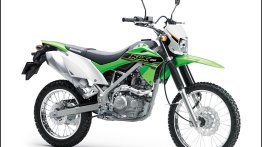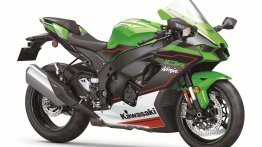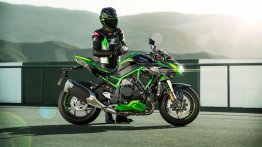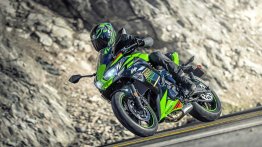According to a post from Kawasaki Bengaluru showroom, a customer has received delivery of the first Kawasaki Ninja 400 in South India. The bike keys were handed over to the proud owner of the Ninja 400, Mr Lakshman.

Kawasaki India launched the Ninja 400 in April, priced at INR 4.69 lakh (ex-showroom Delhi), and within a few days, Kawasaki dealers started offering discounts of INR 20,000 on the bike. The Kawasaki Ninja 400 began reaching dealerships in June, and the company has delivered eight units to date.
Kawasaki unveiled the Ninja 400 at the Tokyo Motor Show 2017. The bike replaces the Ninja 300 globally. However, the latter continues to be on sale in India. The Kawasaki Ninja 400 rivals the Yamaha YZF R3, KTM RC 390, TVS Apache RR 310, and the Benelli 302R in India. The bike is imported into India as a CKD unit and hence attracts higher taxes, which has resulted in the exorbitant pricing.
The bike features an all-new chassis and engine, along with a Kawasaki H2 inspired styling. The Ninja 400 features twin LED headlights, sharp fairing and a sleek tail section along with Ninja ZX-10R like LED taillights. The bike uses the same analogue-digital instrument cluster that is available on the Ninja 650. In India, the Kawasaki Ninja 400 is available only in the Green KRT Edition colour scheme. Internationally, the bike receives Lime Green, Metallic Spark Black and Ebony KRT Edition colour schemes.
The Kawasaki Ninja 400 slots between the Ninja 300 and the Ninja 650 in Kawasaki’s Indian portfolio. Powering the Kawasaki Ninja 400 is a newly developed 399 cc, parallel twin, liquid cooled engine that is tuned to produce 49 PS of maximum power at 10,000 rpm along with a peak torque of 38 Nm at 8,000 rpm. The engine works in tandem with a 6-speed transmission.
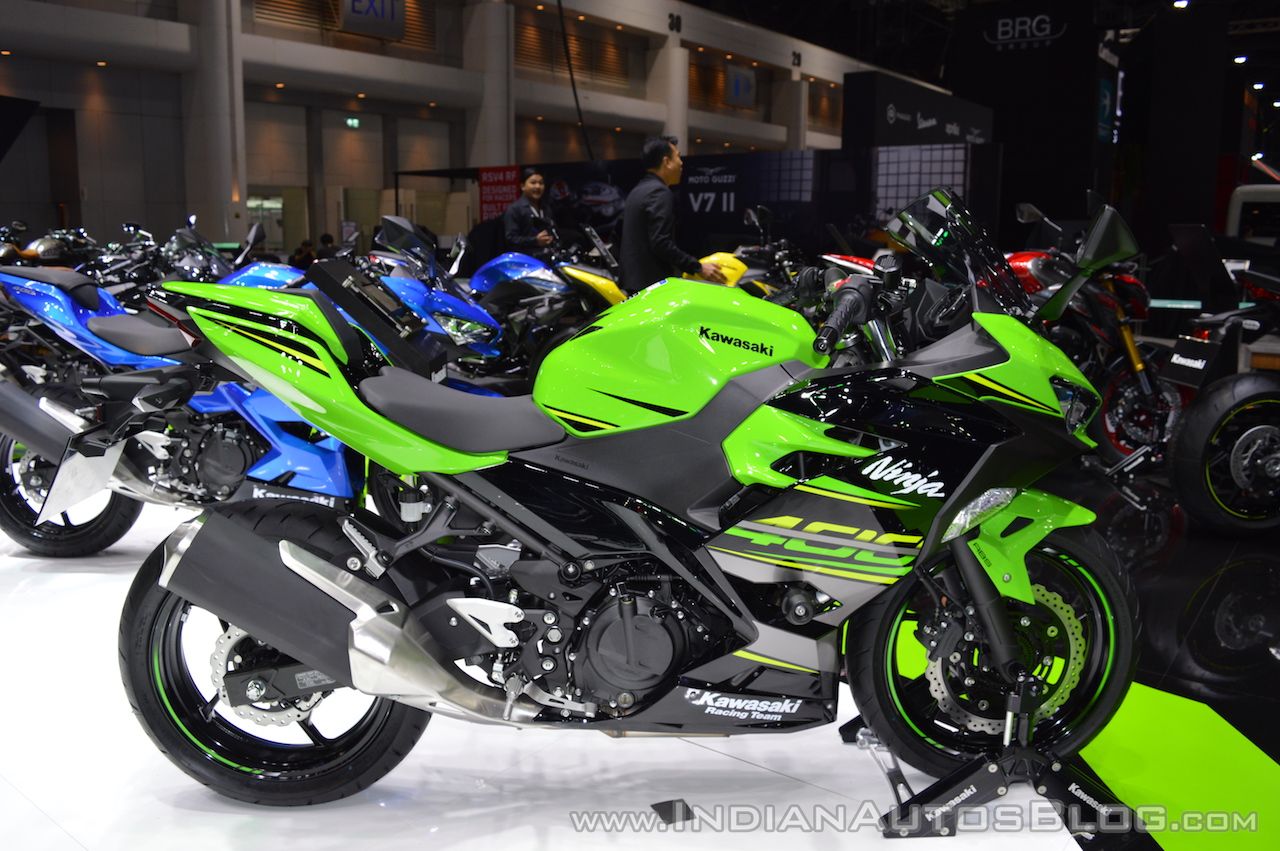
Also Read: Kawasaki Ninja 400 vs. 2018 Yamaha YZF-R3 - Spec comparison
The engine fits inside a steel trellis frame. A 310 mm front and 220 mm rear petal disc-brake setup anchors braking duties on the Ninja 400, with ABS as standard fitment. The bike also features a slipper clutch. Suspension setup includes a 41 mm telescopic front fork, along with a preload adjustable bottom-link Uni-Trak gas-charged mono-shock at the rear.









